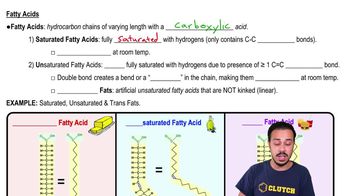DRAW IT Use the following rRNA information to construct a cladogram for some of the organisms used in question 4. What is the purpose of a cladogram? How does your cladogram differ from a dichotomous key for these organisms?
<IMAGE>
 Verified step by step guidance
Verified step by step guidance



DRAW IT Use the following rRNA information to construct a cladogram for some of the organisms used in question 4. What is the purpose of a cladogram? How does your cladogram differ from a dichotomous key for these organisms?
<IMAGE>
Which of the following is false about scientific nomenclature?
a. Each name is specific.
b. Names vary with geographical location.
c. The names are standardized.
d. Each name consists of a genus and specific epithet.
e. It was first designed by Linnaeus.
DRAW IT Use the information in the following table to complete the dichotomous key to these organisms. What is the purpose of a dichotomous key? Look up each genus in Chapter 11, and provide an example of why this organism is of interest to humans.
<IMAGE>
The wall-less mycoplasmas are considered to be related to gram-positive bacteria. Which of the following would provide the most compelling evidence for this?
a. They share common rRNA sequences.
b. Some gram-positive bacteria and some mycoplasmas produce catalase.
c. Both groups are prokaryotic.
d. Some gram-positive bacteria and some mycoplasmas have coccus-shaped cells.
e. Both groups contain human pathogens.
Use the following choices to answer questions 7 and 8.
a. Animalia
b. Fungi
c. Plantae
d. Bacillota (gram-positive bacteria)
e. Pseudomonadota (gram-negative bacteria)
Into which group would you place a multicellular organism that has a mouth and lives inside the human liver?
Use the following choices to answer questions 7 and 8.
a. Animalia
b. Fungi
c. Plantae
d. Bacillota (gram-positive bacteria)
e. Pseudomonadota (gram-negative bacteria)
Into which group would you place a photosynthetic organism that lacks a nucleus and has a thin peptidoglycan wall surrounded by an outer membrane?